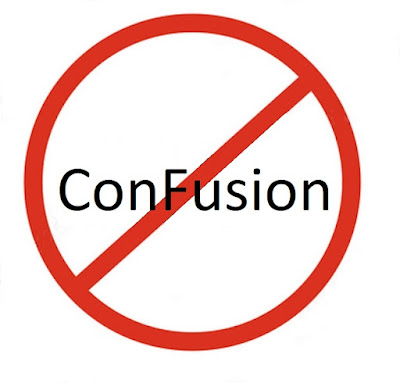involvement in popular 48-hour contests. In the process, it occurred to me that
the "Blast from the Past" write-ups on the ARRL Dx contest are 5-years out of date,
which prompted me to write a Blast-2.0 Blog about this event all by itself.
([CLICK HERE] to read that post.)
I found the most important 48-hour GiGs:
- [X] - ARRL DX Contests
- [X] - ARRL 10-Meter Contest
- [X] - CQ WPX Contests
- [X] - CQ W.W. Dx Contests
- [X] - All Asian Dx Contests
- [X] - Worked All Europe (WAE) Contests
specifically Asia and Oceania. As the bands fade, the path becomes moving down to 20-meters
for a continuation of the Asia/S-A run, setting-in on 40-meters for a desperate shot at Europe and
even Africa (before their sun comes up and they fade into oblivion for another 20-hours.
During worldwide-style contests (DX and WPX contests in particular) some AMAZING short-term QSO opportunities quickly come and go. Running as an "assisted" entry allows me to internet-see quick in/out opportunities.
48-hour contests is the hope for an atmospheric-reprieve after receiving
a glancing-blow of CME energy.
Another advantage of 48-hour GiGs is that it gives me plenty of clock time to dual-OP or even triple-OP a contest event. For example, CQP-2023 enabled me to run one operation remote from Ramona (W6R), put in some op-hours remotely for NX6T and then even find time to put the WQ6X callsign on the air from the SF East Bay.
For example, running a single-band operation finds me on the air only during the time periods that band is actually open with real propagation to somewhere useful in the world.

.Jpg)



.Jpg)








.jpg)








